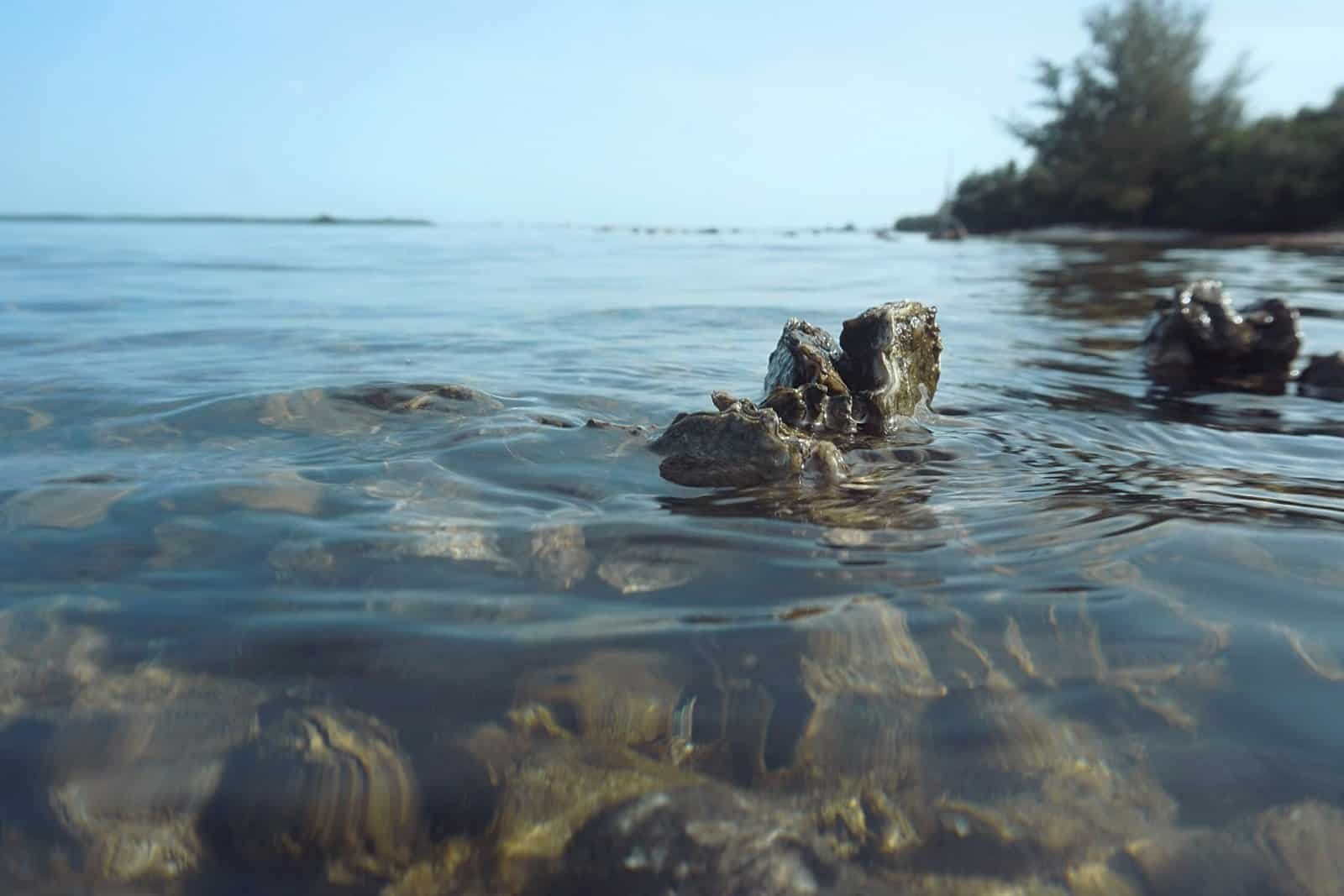? Are the water quality numbers you rely on still safe in 2025, and how should you read those limits for your home, business, or community?
What Water Quality Levels Are Considered Safe In 2025?
You’re about to get a practical, up-to-date guide that helps you understand what “safe” water means in 2025. The rules and guidance you’ll see come from major public-health authorities (WHO, US EPA, EU Drinking Water Directive and similar regulators), but you’ll also learn how to interpret numbers, test water, and take action if results are outside safe ranges.
How safety is defined: health-based vs. aesthetic vs. operational limits
When you look at standards, you’ll find three kinds of limits: health-based (protect your health), aesthetic (taste, color, smell), and operational (treatment performance). All three matter when you decide if water is “safe.”
- Health-based limits protect against disease or long-term harm (for example, arsenic or E. coli).
- Aesthetic limits affect whether you’ll want to drink the water (for example, high TDS causing salty taste).
- Operational limits ensure treatment systems work properly (for example, turbidity standards to ensure disinfection is effective).
In 2025, regulators continue to prioritize health-based standards, but you’ll also see more attention to emerging contaminants (PFAS), tighter monitoring, and clearer guidance for reuse and small/community supplies.

Major sources of authoritative standards in 2025
You’ll usually compare your water results against one of these:
- World Health Organization (WHO) Guideline Values — global health guidance.
- US Environmental Protection Agency (EPA) — National Primary Drinking Water Regulations and action levels.
- European Union Drinking Water Directive (DWD) — parametric values set for member states.
- National and regional regulators — many countries adopt WHO, EU or EPA values but sometimes set different limits.
Always check the standard that applies in your jurisdiction: local values may be stricter or more lenient.
Key water quality parameters and common safe limits for 2025
Below is a concise table summarizing widely used guideline or regulatory values you’ll encounter. These are representative values used by international or national authorities; check your local rules for final legal limits.
| Parameter | Typical safe/target value (WHO / EU / US EPA) | Notes for you |
|---|---|---|
| E. coli / Thermotolerant coliforms | 0 per 100 mL | Any detection indicates recent fecal contamination — immediate action needed. |
| Total coliforms | 0 per 100 mL (treated supply) | Presence indicates possible system failures or regrowth. |
| Turbidity |

